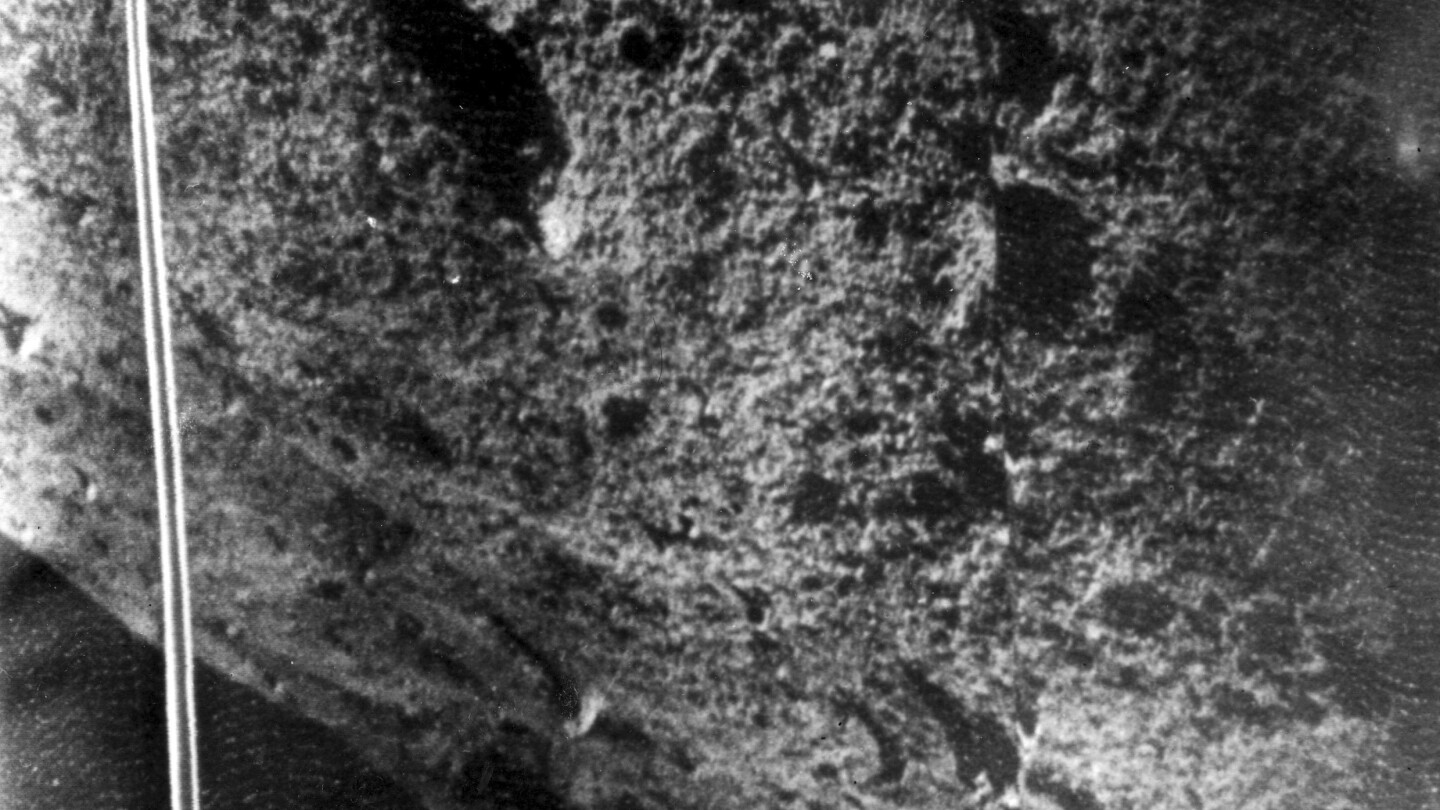CAPE CANAVERAL, Fla. (AP) — Landing a spacecraft on the moon has long been a series of hits and misses.
Now, a U.S. company has become the first private outfit to achieve a safe moon landing. Only five countries have done it.
A lander built by Intuitive Machines through a NASA-sponsored program touched down on the moon Thursday.
The achievement puts the U.S. back in business on the moon for the first time since NASA astronauts closed out the Apollo program in 1972.
The moon is littered with wreckage from failed landings over the years. Another U.S. company — Astrobotic Technology — tried to send a lander to the moon last month, but had to give up because of a fuel leak. The crippled lander came crashing back through the atmosphere, burning up over the Pacific.
Both U.S. businesses are part of NASA’s effort to support commercial deliveries to the moon.
A rundown on the moon’s winners and losers:
FIRST VICTORIES
The Soviet Union’s Luna 9 successfully touches down on the moon in 1966, after its predecessors crash or miss the moon altogether. The U.S. follows four months later with Surveyor 1. Both countries achieve more robotic landings, as the race heats up to land men.
APOLLO RULES
NASA clinches the space race with the Soviets in 1969 with a moon landing by Apollo 11’s Neil Armstrong and Buzz Aldrin. Twelve astronauts explore the surface over six missions, before the program ends with Apollo 17 in 1972. Still the only country to send humans to the moon, the U.S. hopes to return crews to the surface by the end of 2026 or so, a year after a lunar fly-around by astronauts.
CHINA EMERGES
China, in 2013, becomes the third country to successfully land on the moon, delivering a rover named Yutu, Chinese for jade rabbit. China follows with the Yutu-2 rover in 2019, this time touching down on the moon’s unexplored far side — an impressive first. A sample return mission on the moon’s near side in 2020 yields nearly 4 pounds (1.7 kilograms) of lunar rocks and dirt. Another sample return mission should be launching soon, but this time to the far side. Seen as NASA’s biggest moon rival, China aims to put its astronauts on the moon by 2030.
RUSSIA STUMBLES
In 2023, Russia tries for its first moon landing in nearly a half-century, but the Luna 25 spacecraft smashes into the moon. The country’s previous lander — 1976’s Luna 24 — not only landed, but returned moon rocks to Earth.
INDIA TRIUMPHS ON TAKE 2
After its first lander slams into the moon in 2019, India regroups and launches Chandrayaan-3 (Hindi for moon craft) in 2023. The craft successfully touches down, making India the fourth country to score a lunar landing. The win comes just four days after Russia’s crash-landing.
JAPAN LANDS SIDEWAYS
Japan becomes the fifth country to land successfully on the moon, with its spacecraft touching down in January. The craft lands on the wrong side, compromising its ability to generate solar power, but manages to crank out pictures and science before falling silent when the long lunar night sets in.
PRIVATE TRIES
A privately funded lander from Israel, named Beresheet, Hebrew for “in the beginning,” crashes into the moon in 2019. A Japanese entrepreneur’s company, ispace, launches a lunar lander in 2023, but it, too, wrecks. Astrobotic Technology, a Pittsburgh company, launches its lander in January, but a fuel leak prevents a landing and dooms the craft. Astrobotic and Intuitive Machines plan more moon deliveries.
___
The Associated Press Health and Science Department receives support from the Howard Hughes Medical Institute’s Science and Educational Media Group. The AP is solely responsible for all content.

